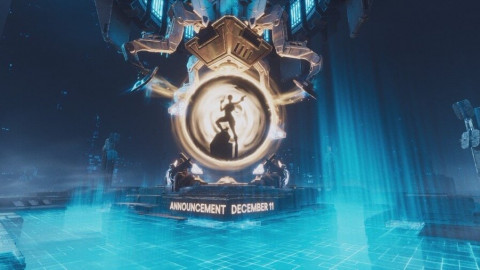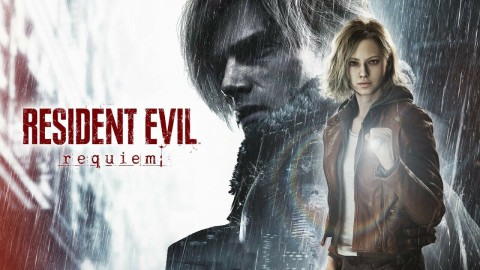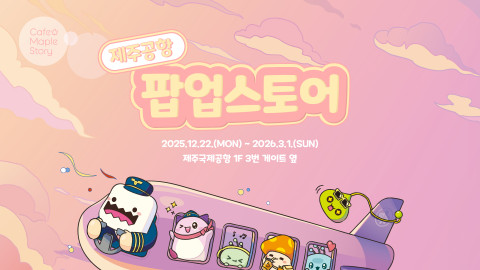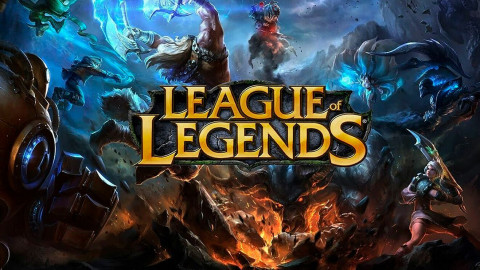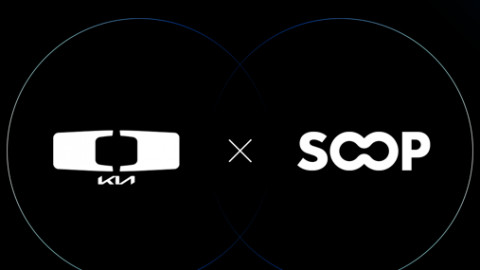
On the opening day of the PAX East convention in Boston, the Heroes of the Storm team announced a new hero entering the nexus and discussed how lore was going to be introduced within the franchise.
The panel, consisting of Kevin Johnson (Creative Content Lead), Kaeo Milker (Production Designer) and Matt Villers (Lead Hero Designer), went into detail regarding the creative design behind the unveiling of Deckard Cain and discussed a new comic book being released later this month before fielding questions from the audience.
Later that day, I sat down with Milker and Villers sat down to go into a little more detail regarding how and when heroes are released, the status of mobility creep and whether a third ban for the competitive scene will be introduced soon.
Kevin Johnson mentioned during the panel that when the game first came out, there wasn’t an emphasis on story as the game was intended to be for more casual MOBA players. Now that lore is being introduced, what changed throughout the game’s history that sparked this idea to change gears?
Milker: I think it’s tied to where the game came from. We were on the Starcraft 2 team and we originally made it as a custom map for Starcraft 2 really just to show off the editor. Through the support of the community, we showed it at Blizzcon and they were super excited about it. We put a little more work into it and came back to the next Blizzcon and people were thrilled about it so we thought, “Maybe we gotta put more into this,” so we split it off as its own game and really started working on it.
We spent the previous seven or eight years working on Starcraft 2, which most of the work is about the campaign and is story driven. There was something about working on Heroes at the beginning that a lot of the allure to us as developers was “Let's just work on the gameplay. There is no story. We can even tell players there’s no story. Just get in and fight and have fun.”
But along the way, as we all played the game more and worked on it, we started leaving these dangling little things everywhere. You’d see interactions or you’d ask yourself questions about it. “Why are we doing this? What is the underlying story of this place we’re in? Why are we fighting? What are we fighting for?” Players began asking these questions as well so it was this natural progression of, “We built this amazing world and there are so many interesting things to explore there so let’s start doing that.”
Villers: We started out saying, “Don’t think about it too much” and then we started thinking about how many fun ideas there were.

How long ago was Deckard Cain’s kit initially pitched? He’s coming out in a couple weeks but when was he originally worked on?
Villers: An average hero is generally going to be somewhere in the range of six to nine months. So with Deckard, we start with a process where we get together and talk about the hero’s backstory and lore and what ideas we can possibly pull from that. Then we have a period where we are coming up with the initial kit. We built it, put it in the game then playtest it like crazy and make tons of changes.
I’d say that the kit that Deckard finally is being shipped with was made probably six months ago, to give you an idea of how much time we really spend putting a polish on it, making the balance right, making the art look gorgeous. A lot of that just comes after we’re confident in how the hero is going to play.
How big is the current backlog of Heroes who are being made at the moment or having kits being brainstormed for?
Villers: Oh man, I have to think that number is easily over 100 heroes that we want to do. As far as the number of heroes we are actively working on, I don’t know that off the top of my head, sorry.
Milker: Probably somewhere in the range of eight to ten heroes at any given time in various stages.
What goes into deciding when a hero is released and why?
Villers: It’s such a big process. We have a list we’re looking at: community feedback, what roles does the game need right now, what universes we want to represent right now, what the team’s excited about, if any events can overlap such as Fenix happening to line up with the Starcraft anniversary. There’s so many things we think about when we’re making these decisions.
In a recent interview, it was stated that your team was looking to rework old heroes with Medivh and Sonya being two that have already gone live. If you had a pie chart that you had to cut into two pieces, one being working on reworked heroes and one being the creation of new heroes, what’s the percent of time being dedicated to each?
Milker: There’s a dedicated group of people working on new heroes and there’s a live-balance team that is largely responsible for reworked heroes. Matt said it’s about six to nine month to make a new hero so it’s usually a lot less time to rework an old one. Most of the reworks we do and are planning to do are not throwing out everything we’ve done. It’s more about being very strategic about what things we need to change or replace or improve in order to make the hero leveled up to what today’s standard is for us.

Villers: The big thing we want to be careful with reworks is there’s a lot of people already playing that hero so we don’t want to wreck what’s fun about that hero or what people identify with. So it’s more thinking about that carefully and making the right changes. It’s not nearly as involved as making a new hero and it can also vary a lot from one hero to another on how much is actually needed. Some reworks happen really fast while others we work on very slowly over the course of a longer period of time.
Talk a little about a hero who is synonymous with Heroes of the Storm and is the hero who you play in the opening tutorial, Raynor. His kit is very outdated compared to the heroes who are coming out now. Where does he stand in regards to the whole rework topic?
Villers: I don’t have anything I can talk in detail as we’ve definitely heard community feedback but we’re keeping him in mind.
Milker: We heard feedback about Raynor and like you said, he’s one of the original heroes that we launched with. By design he’s a very simple hero to play but he also has some depth on high-end play as well.
Villers: That doesn’t mean he can’t be cool as we want all of our heroes to shine.
You mentioned wanting all heroes to shine but there hasn’t been a Specialist or Multi-Class hero created in quite a while compared to the rate in which other roles are being churned-out. Can you talk a little bit about those roles? Is Varian going to be THE Multi-Class hero?
Villers: I think we’re open to [another multi-class hero] if we find an idea that stands out to us. It’s not something we want to go out of our way to do but if we see an opportunity and want to jump on it we absolutely could. Specialist is an interesting one because it almost feels like a bucket that we put heroes in that do weird things. We’re trying to be mindful of, really, what is the role of the heroes and how do they fit on a team?
There are a lot of heroes, take Junkrat for example, that we probably could have made a Specialist if we really wanted to but we went the assassin route because he fits there appropriately. So that can be some of the reason why you’re not seeing them. We’re trying to be like “Does this hero really belong in that category or is there a better fit for them and can we be clear how they fit on a team?”
“If you’re a clever player and thinking ahead you can show that off and have great moments and that’s something we’ve kept in mind for upcoming Support and reworks like Malfurion. We decided to give him more decisions to make other than playing whack-a-mole with Regrowth.”
During the panel, it was mentioned that Deckard Cain was going to be a new “setup Support” hero. Do you believe he can act as a solo Support or a secondary one such as Tassadar or Tyrande depending on the composition?
Villers: Deckard is meant to be, I don’t want to say a solo support because you can have freedom to make your team how you want to as sometimes you’ll take two full-on heroes and put them on the same team, like Reghar and Uther together or however you want to do it, but we do feel like he’s a healer fully capable of supporting your team and being there without needing someone else to fill gaps.

There was a long time where the double support meta was dominant and now, after the nerfs, people talk about how the role seems less impactful or there may not be enough options as many gets banned in competitive play. Where does the role stand right now in your eyes?
Villers: The big thing for us is that we want to get more Support heroes out there and that is one of the reasons we decided to do Deckard. We want to give you more choices and more ways to play Support. We’re always being mindful of some of the feedback we’ve received previously where they’re saying, “Hey, there aren’t enough Supports. We feel like can function on their own because there are certain critical weaknesses that they have.”
We got really excited for a while about [making more Supports] where there are really strong draft implications for Support but it led to, “Because I don’t have the ability to respond to a lot of burst I have to take another healer with me who can respond to burst and I’ll handle the sustain.”
We’re thinking about that as we go forward with Supports and also trying to come up with more ways to make clever plays with Supports as you saw in the spotlight video. If he can predict where healing is going to be needed, he can put down a whole bunch of potions and get a really big burst moment. If you’re a clever player and thinking ahead you can show that off and have great moments and that’s something we’ve kept in mind for upcoming Support and reworks like Malfurion. We decided to give him more decisions to make other than playing whack-a-mole with Regrowth.
There’s been a bit of a mobility creep happening with new heroes that are released into the game with Fenix having his warp and Maiev who, although she was intended to be an anti-mobility hero, is mobile herself. Not to mention Hanzo, Genji and Tracer all being quite mobile themselves. Do you think less mobile heroes are being phased out as they cannot keep up?
Villers: I don’t think we’ve hit that space yet as a lot of older heroes who are less mobile are still really successful. You see a lot of Jaina and Guldan in HGC and they are not necessarily heroes who can move around a lot. I don’t know if that’s something that’s going crazy but it is something we’re keeping a close eye on as it’s absolutely possible to go too crazy with it. Another aspect with that, and something we’re turning our attention to is, if a hero is too mobile, they can feel frustrating to play against them. That’s the aspect we’re focusing on is that things feel fair and not frustrating.

Something that has popped up on Reddit recently was a post that showed nearly half of the hero pool is at 10,000 gold. Has there been a discussion to lower the price of older heroes to make them a bit more affordable to players who don’t want to pay actual money?
Milker: Neither of us are directly responsible for that but in my current role I’m more involved with that than Matt so I’ll speak to it a little bit.
I think for new hero releases our current structure of them coming out at 15,000 and they drop to 10,000 is consistent and we’re going to stay with that. There was a period of time where we didn’t do any reductions for existing heroes for a really long time, it was more of a reflection of other stuff that was going on within our team at that moment. We kind of went back and started doing that again so we will continue to do that process but we have some catching up to do there. We just want everyone to know we hear the feedback and we will be doing some chipping away at that.
Hanamura was a map that was removed due to the player base not being fans of the design and the Blizzard team opting that it was best not in the rotation. Individuals I’ve spoken to in the past have talked about the map being reworked and will be released again in the future. Can you speak to that?
Milker: It was absolutely a comeback. It has been something we’ve been reworking. I don’t have a timeline for it but we’ll talk about that when it’s closer to being ready. That battleground had a lot going on and I think it created a lot of confusion for players.
Our goal with the rework was to really go revisit that and make sure we’re giving players more clear choices to where it wasn’t so open-ended all the time. I’m excited to get it back because I loved the art on that map and there were some really cool things on it.
In regards to a topic within the competitive community, where does the team stand on a third ban being introduced as the hero pool is rising and there are many powerful options?
Milker: We hear that feedback and we agree with it. It’s something we’re exploring. It will be a question of the right time and prioritization and getting it in in a way that we feel is best for the game.
-

Tim Rizzo is the editor and a reporter for Inven Global. He joined the company back in 2017.
Sort by:
Comments :0

